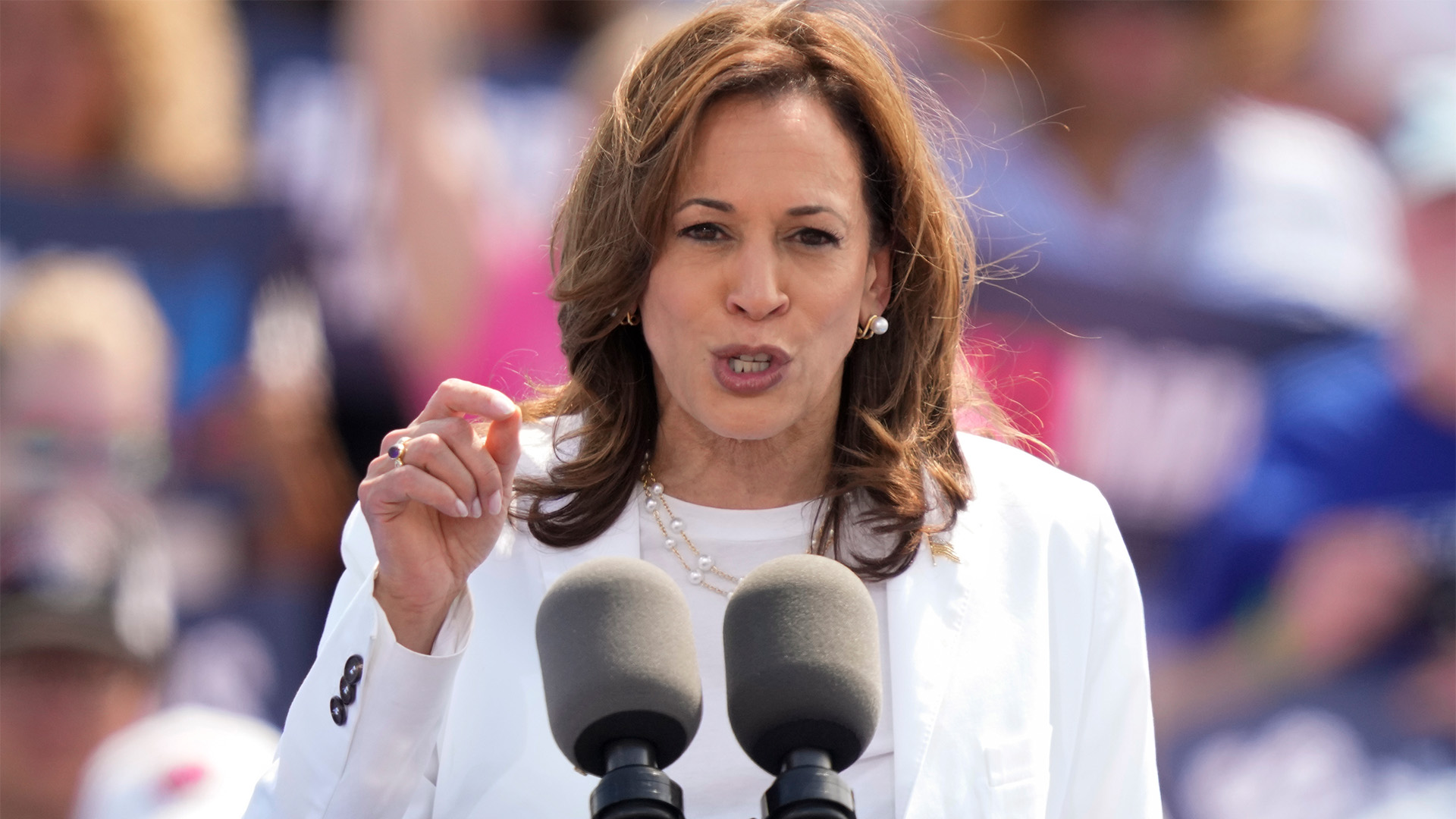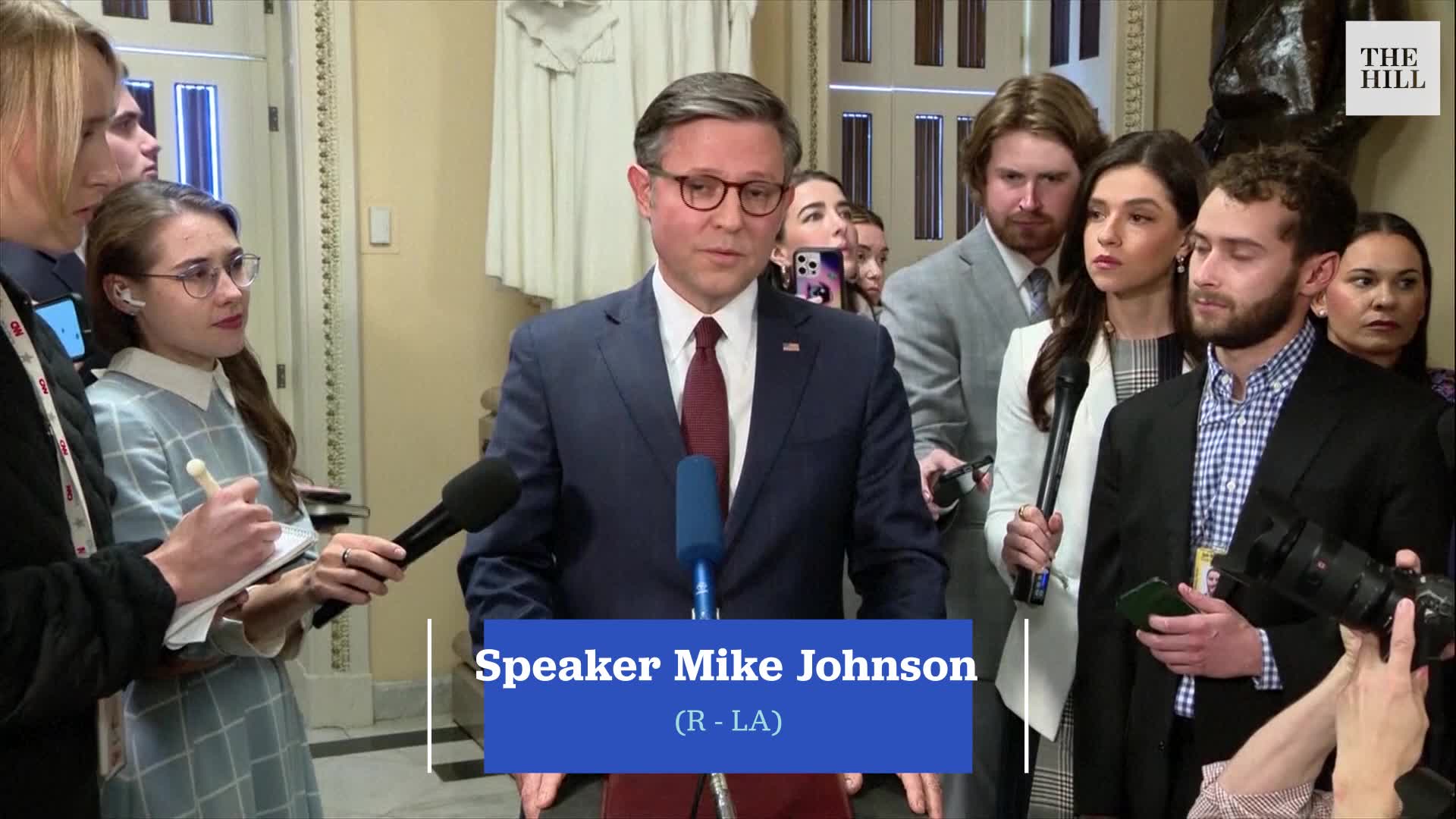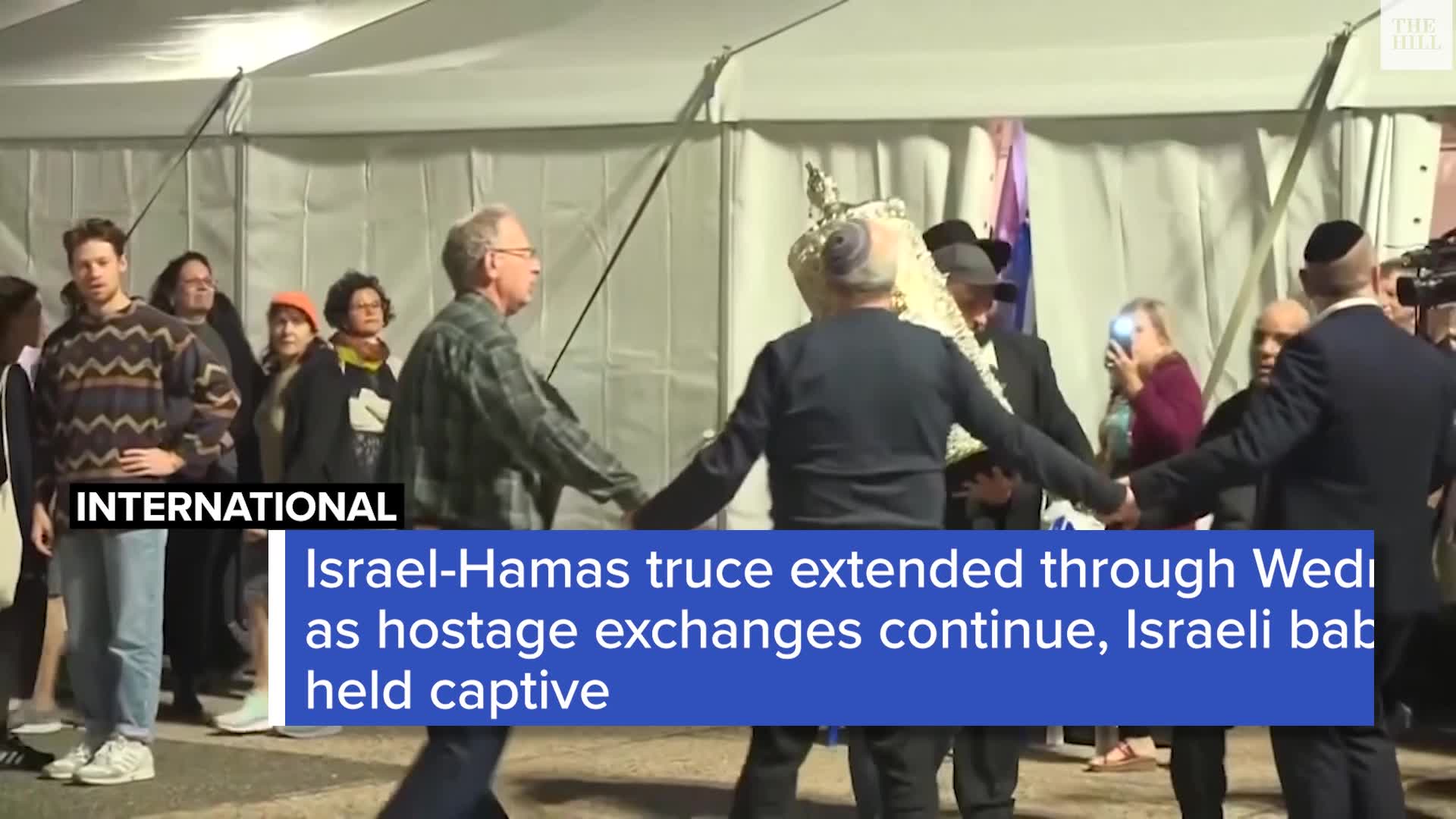While Washington argues, Iran makes nuclear advances
While Washington policy circles debate apparently endlessly about Iran’s nuclear intentions and its level of expertise, Tehran presses on remorselessly.
On Oct. 10, Mohammad Eslami, the newly-appointed head of the Atomic Energy Organization of Iran, announced that his country had produced more than 120 kg of 20 percent-enriched uranium. This is a dramatic increase from the 84 kg reported a month earlier by the nuclear watchdog, the Vienna-based International Atomic Energy Agency (IAEA), and the IAEA’s figure of around 63 kg three months earlier.
Eslami justified the figure by saying it was the production level demanded by the Iranian parliament in a law passed last year, noting: “We are ahead of schedule.”
Lost in the reporting was the simple, although esoteric, detail that such a level of production is getting tantalizingly close to the magic figure of 200 kg. This is the amount of 20 percent-enriched uranium that, in the archaic code of nuclear weapons, when further enriched to 90 percent is one “significant quantity.” (An SQ is the amount needed to make one atomic bomb.)
Confusingly to non-scientists, the amounts are actually of uranium hexafluoride, which, when heated, becomes a gas and is the feedstock for high-speed centrifuges that separate out the fissile isotope Uranium-235, increasing its proportion from the 0.7 percent level found in natural uranium. So, if you Google “significant quantity 20 percent uranium,” you will find the figure 155 kg — which is after the fluorine atoms have been removed from the 200 kg.
For a few years, 20 percent enrichment has been the crucial figure toward which Iran has been pressing. (Actually, its official figure for enrichment was 19.75 percent because 20 percent is the level at which enriched uranium becomes labeled as “high-enriched uranium.”) Although one really needs uranium enriched to 90 percent of the Uranium-235 for a bomb, 20 percent is theoretically the level with which you could create a nuclear explosion. (The U.S. tried it once; it worked.) But this year, even before the latest news, Iran has enriched up to a 60 percent level. At this point, comparatively little “work” (meaning “effort”), by the spinning centrifuges separating the gaseous uranium isotopes, is needed to reach 90 percent. And the time it takes to reach this level is measured in just weeks.
Under the 2015 Iran nuclear deal known as the Joint Comprehensive Plan of Action (JCPOA), Iran is not supposed to research or produce uranium metal, except under very limited and agreed-upon conditions, and is prohibited from enriching uranium to 20 percent until 2030.
Other, still unannounced, news is also worrying. Enrichment using centrifuges essentially needs great patience. Hundreds of machines spin continuously for months on end, incrementally increasing the richness of Uranium-235 in the mix. Most of the work is done getting from the 0.7 percent level of Uranium-235 found in natural uranium to just 5 percent. The machines that Iran uses for this first stage of enrichment are known as IR-1s, an Iranian copy of Pakistan’s P-1 centrifuges, which it obtained via the nuclear scientist Dr. A.Q. Khan, who died Oct. 10 of COVID-19. The P-1 has a rating of around 1.1 or 1.2 “separative work units.”
Iran recently managed to improve the IR-1 machines it uses to around 1.5 SWU. The increase seems small but is 25 percent —and so appreciably enhances Iran’s capacity to enrich. Iran has more IR-1s than any other type of centrifuge. The IAEA is still trying to find out what exactly is the modification Iran made.
September’s IAEA report included obscure paragraphs about Iran converting some uranium into uranium silicide fuel plates for possible use in a research reactor. The debate it prompted about whether the fuel plates could work missed an important point: To get to the silicide form, the uranium has to be converted into a metal form. This is a “red line” for countries concerned about Iran’s nuclear ambitions, because converting uranium into metal gives it experience in the tricky art of making it into the grapefruit-size hemispheres needed for an actual weapon. Iran has the knowledge to do this — years ago it was given a 15-page document of details from Pakistan — but it denies putting it into practice.
Another concern about the metal form is the evidence the IAEA has of work done on a circular uranium disk with a hole in it, which Iran is reluctant to even acknowledge. The suspicion is that the disk, said to be a few inches across, relates to experiments on the “initiator” for a nuclear weapon. The one-line explanation of an initiator is that an atomic bomb is an out-of-control chain reaction achieved by a neutron hitting a Uranium-235 atom, causing it to split, with the release of energy and more neutrons. In reality, the chain reaction is prompted by very fast compression of the uranium, achieved by conventional explosives, with a burst of neutrons from the initiator being injected at a crucial time.
Iran’s bomb design is thought to be an adaptation of the design Pakistan was given by China, in which the neutron-generating initiator sits in a small hollow less than an inch across between the two hemispheres of high-enriched uranium.
When Dr. Khan in Pakistan tested his initiator in 1984 — in a “cold test” using tungsten rather than uranium — he and his team could not interpret the data they collected and so asked the Chinese for help. A month later in Beijing, Chinese experts told Khan that if high-enriched uranium had been used, there would have been a nuclear explosion.
Despite Khan’s death, his role remains important. In the more than 40 years of his diaries, which he gave me in electronic copies, he claimed that his cooperation with Tehran had been permitted and encouraged by Pakistan’s political leadership at the time and senior military officers. An Iranian opposition group has reported that the new nuclear chief Eslami, a civil engineer by training, was a key link with Khan in the 1990s. In Khan’s diaries are several references to “the Engineer.” I once asked Khan this person’s identity, but he never gave me a proper answer. Perhaps it was Eslami.
Simon Henderson is the Baker Fellow and director of the Bernstein Program on Gulf and Energy Policy at the Washington Institute for Near East Policy. Follow him on Twitter @shendersongulf.
Copyright 2024 Nexstar Media Inc. All rights reserved. This material may not be published, broadcast, rewritten, or redistributed..













